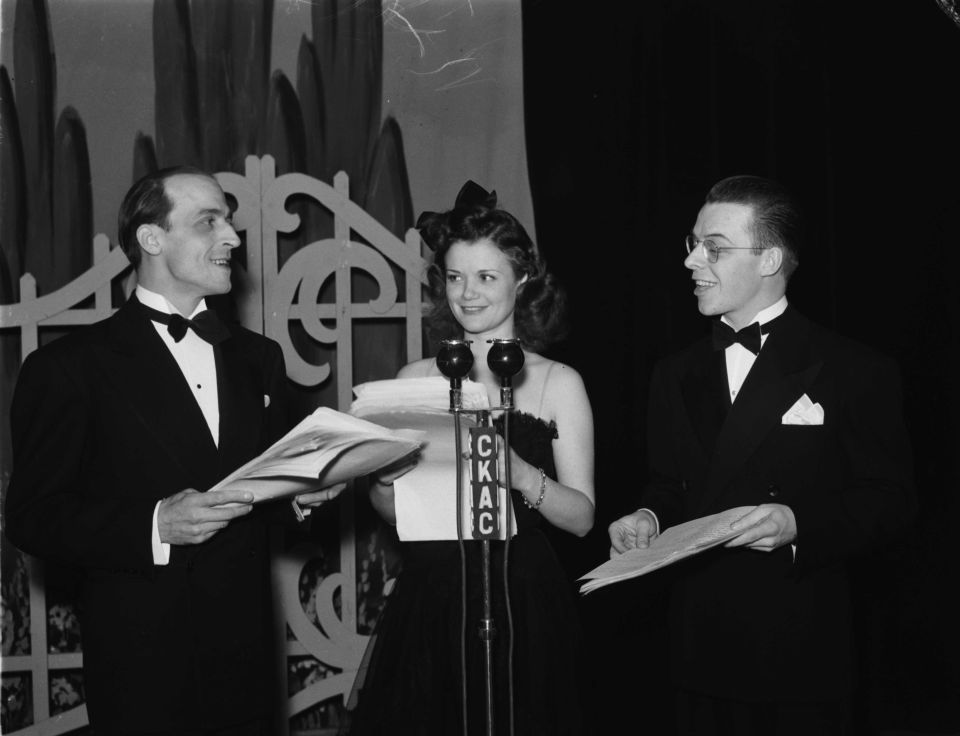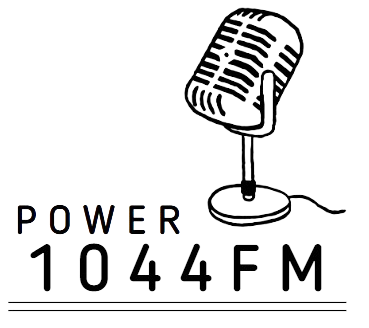Radio has undergone a remarkable transformation since its inception in the late 19th century, evolving from a simple means of wireless communication to a powerful medium for entertainment, information, and communication. Along the way, radio show formats have evolved to reflect changes in technology, audience preferences, and cultural trends. In this article, we’ll explore the fascinating evolution of radio show formats, from the early days of experimental broadcasts to the diverse array of formats available today.
1. Early Radio Formats: Variety Shows and Serial Dramas
In the early days of radio broadcasting, radio shows were often a mix of live music performances, variety acts, comedy sketches, and serial dramas. These variety shows, often broadcast live from theaters or studios, were designed to appeal to a broad audience and showcase a wide range of talent.

One of the most popular formats during this period was the serial drama, also known as a soap opera. These serialized melodramas, which typically aired during daytime hours, followed the lives of fictional characters through a series of interconnected storylines. Soap operas quickly became a staple of daytime radio programming and paved the way for the development of other dramatic formats.
2. Golden Age of Radio: Dramas, Comedies, and Talk Shows
During the “Golden Age” of radio in the 1930s and 1940s, radio programming became more sophisticated and diverse, with a wide range of formats catering to different tastes and interests. Dramatic programs, such as “The Mercury Theatre on the Air” and “The Lux Radio Theatre,” brought classic literature and stage plays to the airwaves, featuring performances by leading actors of the day.
Comedy shows also flourished during this period, with iconic programs like “The Jack Benny Program,” “Fibber McGee and Molly,” and “The Abbott and Costello Show” entertaining listeners with their witty humor and memorable characters. These comedy programs often featured a mix of scripted sketches, musical performances, and audience participation segments.
Additionally, talk shows emerged as a popular format, providing a platform for hosts to discuss current events, interview guests, and interact with listeners. Talk radio pioneers such as Arthur Godfrey, Walter Winchell, and Edward R. Murrow paved the way for the development of talk radio as we know it today.
3. Rise of Music Formats: Top 40, Rock & Roll, and Urban Contemporary
In the 1950s and 1960s, radio underwent another major shift with the rise of music-driven formats such as Top 40, rock & roll, and urban contemporary. These formats focused primarily on playing popular music tracks, with DJs providing commentary, introducing songs, and engaging with listeners.
Top 40 radio, pioneered by stations like WABC in New York and KHJ in Los Angeles, became immensely popular with younger audiences, featuring a countdown of the week’s top hits and a mix of rock, pop, and R&B music. Rock & roll stations, such as WLS in Chicago and KRLA in Los Angeles, catered to fans of the burgeoning rock music scene, featuring artists like Elvis Presley, The Beatles, and The Rolling Stones.
Urban contemporary radio emerged in the 1970s, targeting African American audiences with a mix of R&B, funk, soul, and hip-hop music. Stations like WBLS in New York and KDAY in Los Angeles became influential tastemakers in the urban music scene, helping to popularize genres like disco, funk, and rap.
4. Modern Radio Formats: Talk Radio, Sports, and Niche Programming

In the digital age, radio formats have become more diverse and specialized, catering to niche audiences with a wide range of interests and preferences. Talk radio, in particular, has experienced a resurgence in popularity, with stations like NPR, conservative talk radio, and sports talk radio attracting dedicated listeners and advertisers.
Sports radio has also become a major force in the radio industry, providing comprehensive coverage of sports events, analysis, and commentary. Stations like ESPN Radio and WFAN in New York offer 24/7 sports programming, featuring live game broadcasts, talk shows, and interviews with athletes and coaches.
Moreover, niche programming has become increasingly common in radio, with stations and podcasts catering to specific interests such as true crime, science fiction, comedy, and personal finance. These niche formats allow broadcasters to target highly engaged audiences and provide specialized content that may not be available on mainstream radio.
From its humble beginnings as an experimental medium to its current status as a diverse and dynamic form of entertainment, radio has undergone a remarkable evolution in its programming formats. From variety shows and serial dramas to music-driven formats, talk radio, and niche programming, radio has continually adapted to changes in technology, audience preferences, and cultural trends.
As we look to the future, it’s clear that radio will continue to evolve and innovate, embracing new technologies and formats to remain relevant in an increasingly digital world. Whether it’s through traditional terrestrial radio broadcasts, online streaming, or podcasting, radio will continue to captivate audiences with its diverse array of programming and its unique ability

